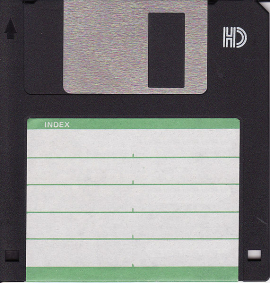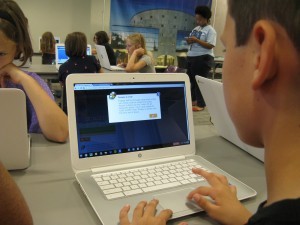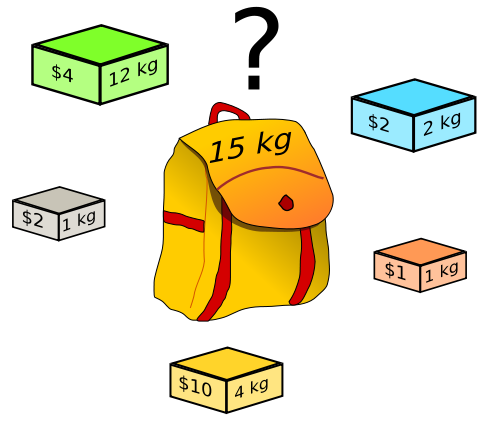I modified a JavaScript maze game to be controlled by SMS text messages a couple weeks ago. The SMS messages go to a stdlib + messagebird FaaS which updates a redis database, and then a NodeJS server script uses WebSockets to send data to the front-end maze game. Not super practical as an input to the game of course… I built it as a fun way to demo a bunch of different technologies working together to small groups of students interested in technology at an event. I don’t know why, but SMS as an interface brings back that “magic” feeling of technology to me.
Category: Uncategorized
Fall 2016 Challenge
This challenge is open to the students enrolled in Computer Science & IT programs (during Fall 2016) at Mohawk College.
This challenge is in no way part of any actual course itself, it is provided as a completely optional side project that is (hopefully) fun and challenging.
The challenge isn’t intended to be “Kobayashi Maru” hard. ![]() But it is intended to give you a chance to explore something completely new and different.
But it is intended to give you a chance to explore something completely new and different.
Due date
The challenge has to be completed and e-mailed to me at kevin.browne3@mohawkcollege.ca by Friday December 23rd 2016.
Reward

As a souvenir and reward in exchange for completing the challenge, you’ll receive a 3.5″ floppy disk, with a cover signed by me along with the year the challenge was completed, the name of the challenge you completed, and your name. I doubt these things will become like Knuth cheques, but it’s something!
Challenge
Build an Educational Application
The global market for educational software is estimated to reach almost $450 billion by 2020. Educational software includes everything from K-12 games targeting kids to software for corporate training.
This challenge is simply to build an educational application that teaches some concept, skill, knowledge or information to the user. The topic can be anything so long as it is educational – mathematics, computer programming, literacy, biology, physics, chemistry, or maybe how to use something (an application, a game, a product).
Requirements
Your application idea needs to be approved by me before the deadline to qualify. Send me an e-mail with your idea for me to approve the concept, and I may give you some ideas before giving the thumbs up.
Specific restrictions:
- Build either a serious game or somehow use gamification in your application
- Multiple levels of difficulty must be included
- Must be web-based
- Must teach some concept, skill, knowledge or information
- Must allow the user to practice their understanding of what they have been taught in some way.
Notes:
I’ll be hiring a student to work on ARIE grant funded work which involves building educational software, so this is definitely a chance to show me what you can do! I’d also really enjoy seeing students take their educational application to SURGE and grow it into a business.
Hamilton Code Club is seeking volunteers
 Are you interested in teaching children basic computer programming in a relaxed, fun environment? Sign-up to mentor a Hamilton Code Club!
Are you interested in teaching children basic computer programming in a relaxed, fun environment? Sign-up to mentor a Hamilton Code Club!
Hamilton Code Club is a program focused on starting lunch hour or after school ‘code clubs’ in every Hamilton-area elementary school, but with particular focus on lower-income neighborhoods.
The program involves mentors visiting a school for one hour, one day a week, for six weeks, to teach fun programming activities using either Scratch or Hopscotch (a Scratch-like program for iPad). The curriculum for mentors to deliver is already created, has been approved by the school boards, is easy to follow for those already familiar with computer programming, and is used in code clubs around the world!
The program has partnered with both the HWDSB and HWCDSB, and has many schools on a waiting list for a mentor to start a code club!
Your help as a mentor is critical to the success of this program – the more mentors we can find, the more code clubs we can start!
Volunteer today at hamiltoncodeclub.com/
An information and orientation session will be held on March 2nd at McMaster Innovation Park too!

